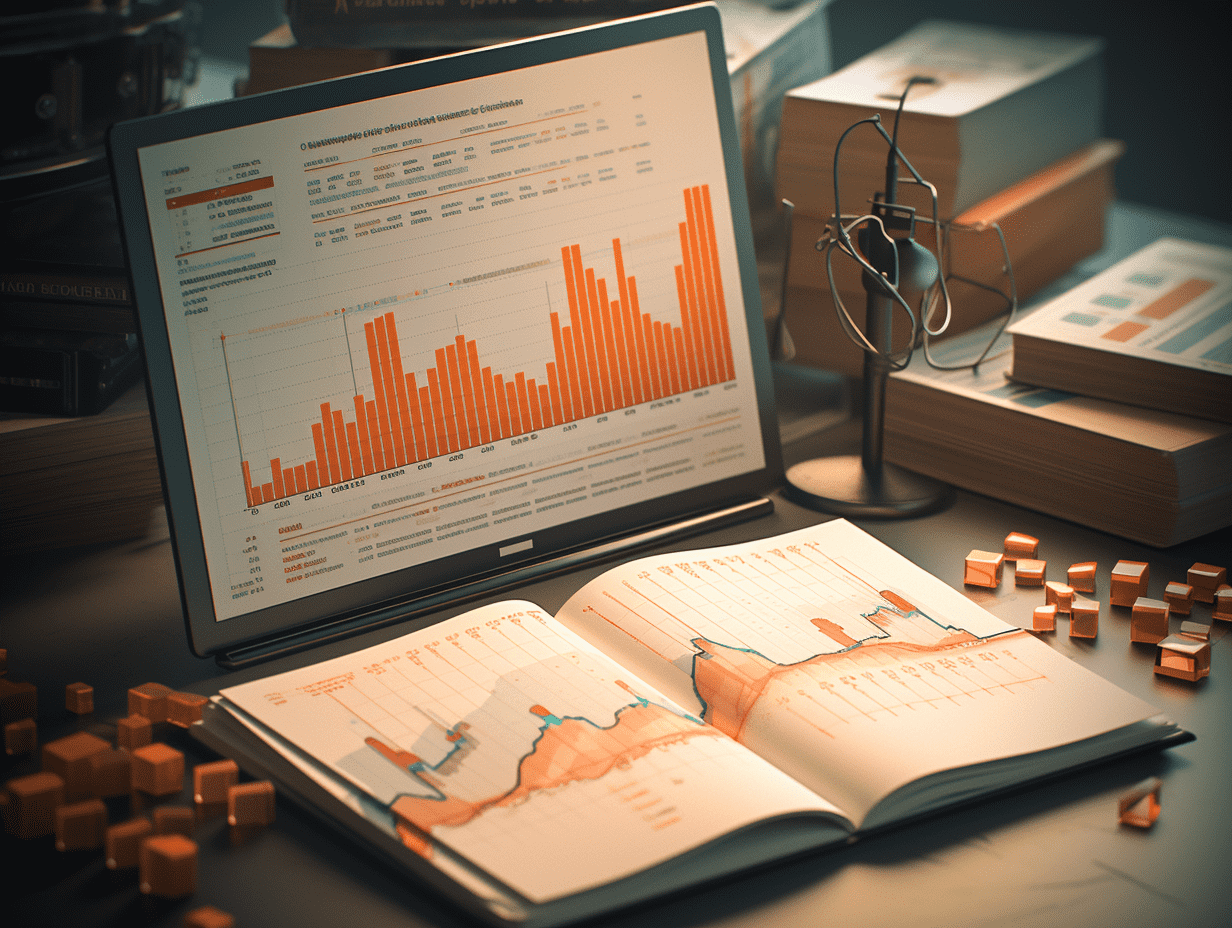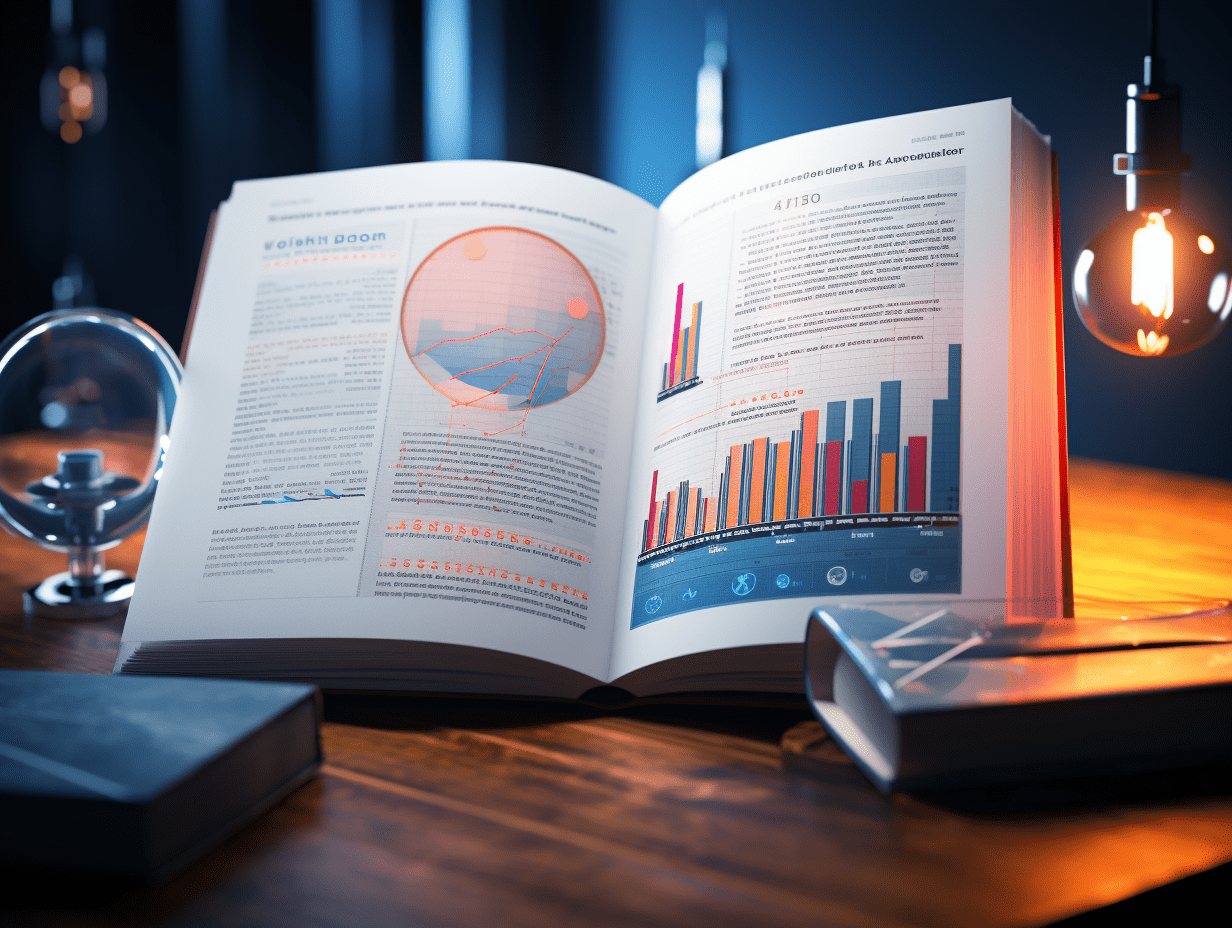What to bet on before the Fed rate cut? Goldman Sachs chief strategist recommends: five-year Treasuries with both offense and defense.
Goldman Sachs Global Head of Banking and Markets Strategy Joshua Schiffrin said that the five-year Treasury bonds are their "preferred trading instrument" in the United States ahead of a potential interest rate cut next month.
Goldman Sachs Global Banking and Markets Chief Strategist Josh Schiffrin said that the five-year US Treasury bonds are the "preferred trading instrument" for him in the US before the possible rate cut next month.
In the latest edition of the Goldman Sachs "Market Insights" podcast, when asked by Mike Washington, Managing Director of Stock Sales and Trading, about the "preferred trading in the cross-asset category," Schiffrin clearly preferred short-term government bonds.
"I think the five-year US Treasury bonds with yields in the range of 3.75% to 4% are attractive," Schiffrin analyzed. "At the same time, these bonds can provide good protection properties in times of increased market risk."
Schiffrin's preference for short-term government bonds is based on two main judgments: expectations that the Fed will shift to loose policy next month, and the continued cooling of the job market. Data show that the US added only 73,000 jobs in July, far below the expected 106,000. He predicted, "The probability of a 25 basis point rate cut in September is very high, and the possibility of keeping rates unchanged is even lower than a one-time 50 basis point cut."
According to the latest Reuters survey, 61% of the 110 economists surveyed expect the Fed to cut rates by 25 basis points at the September 17 meeting, bringing the federal funds rate to the range of 4%-4.25%. This will be the first rate cut of the year, while the majority of the other respondents believe that rates will remain unchanged.
It is worth noting that despite months of pressure from US President Trump to cut interest rates, including the recent five interest rate meetings, including the one at the end of July, the rates have remained unchanged. Powell previously emphasized that the uncertainty of Trump's tariff policy, inflation rates persistently above the target value of 2%, and the low unemployment rate are all important considerations in delaying a rate cut.
Related Articles

The national consumer goods trade-in program progress teleconference will be held in Beijing.

"British Statistics 'Great Revision': Economy's Post-Pandemic Recovery Stronger Than Expected"

The seasonally adjusted unemployment rate in Hong Kong from May to July was 3.7%, while the underemployment rate remained at 1.4%.
The national consumer goods trade-in program progress teleconference will be held in Beijing.

"British Statistics 'Great Revision': Economy's Post-Pandemic Recovery Stronger Than Expected"

The seasonally adjusted unemployment rate in Hong Kong from May to July was 3.7%, while the underemployment rate remained at 1.4%.

RECOMMEND

Former Innovative Pharma Star Faces Growing Pains—Why Zai Lab’s Stock Tumbled Despite Strong Results
18/08/2025

World Humanoid Robot Games In-Depth: Competition Drives Technological Innovation and Accelerates Industry Progress
18/08/2025

Guangdong Cross-Border E-Commerce: Tariff Pressures Spur Overseas Warehouse Boom as Sellers Target Russia and Latin America
18/08/2025


